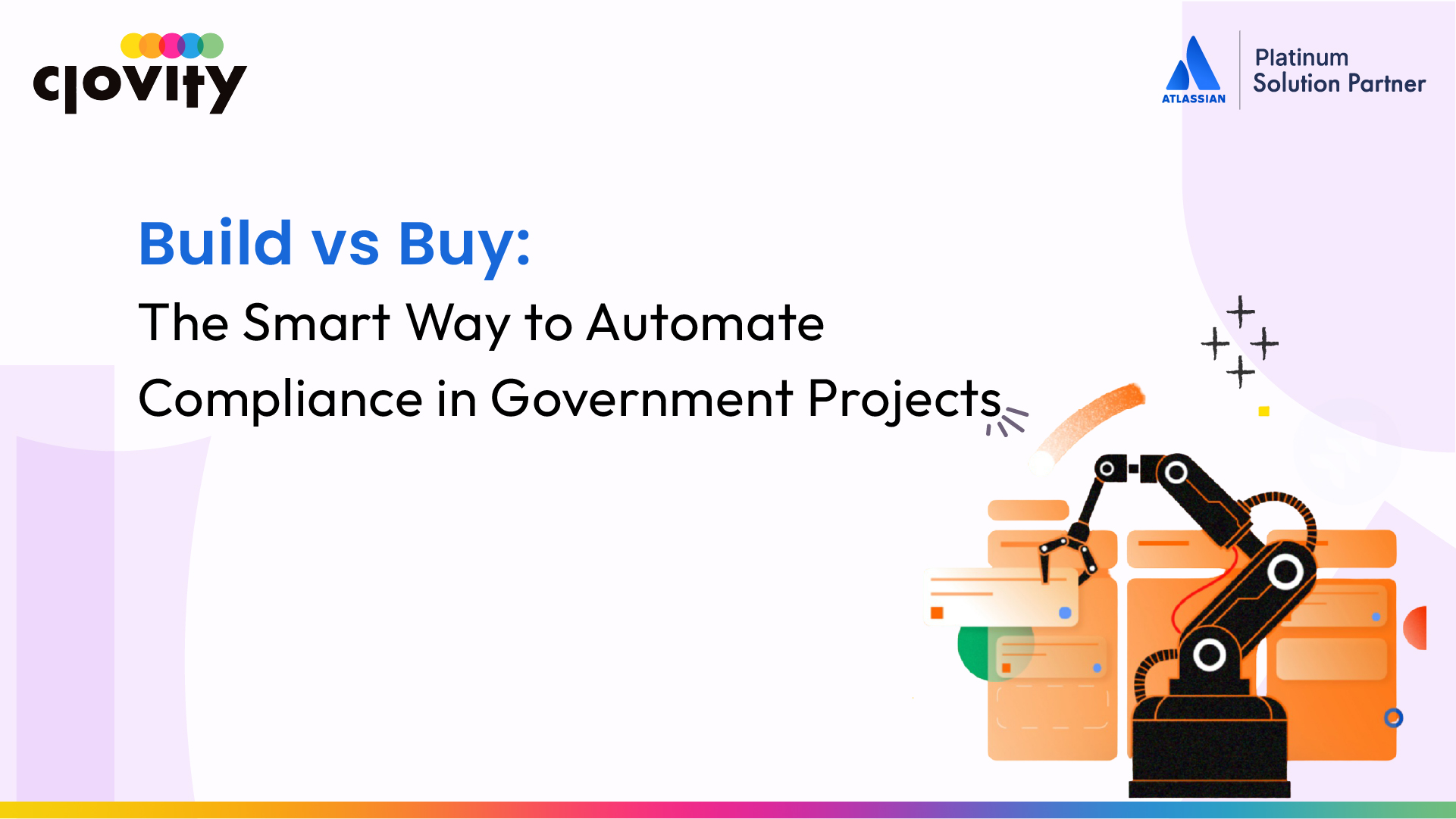For government IT teams, automating compliance is no longer optional—it’s a necessity. The question most agencies face is: Should we build an internal solution, or adopt a platform that already supports our needs? While both options have merit, the right choice depends on cost, time, flexibility, and—most importantly—alignment with regulatory requirements like FedRAMP, NIST, and internal audit controls.
Let’s break down the trade-offs and help you make a more informed decision.
Option 1: Building Your Own Compliance Framework
Pros:
-
Full control over features and workflow design
-
Tailored to internal policy or niche requirements
-
Integrates with legacy systems (if prioritized from the start)
Cons:
-
High upfront cost in development and staff time
-
Ongoing maintenance, updates, and testing fall on internal teams
-
Longer time to value—critical in fast-moving projects
-
Risk of non-alignment with evolving government compliance frameworks
-
Limited scalability and reusability across teams
Bottom line: You’ll get a custom solution, but it comes with long-term resource commitment and higher risk exposure—especially if compliance expectations shift.
Option 2: Buying a Platform with Built-in Compliance Support
Pros:
-
Immediate access to workflows and tools built for regulated environments
-
Vendor-provided updates, security patches, and scalability
-
Faster deployment and user onboarding
-
Integration-ready with common CI/CD and project management tools
-
Lower burden on internal IT and compliance teams
-
Verified security standards (e.g., Atlassian Cloud’s FedRAMP Moderate authorization)
Cons:
-
Some constraints on customization depending on the platform
-
Licensing costs, which may scale based on users
Bottom line: You gain speed, compliance confidence, and a lower maintenance burden—with room to configure according to your agency’s needs.
How Jira and Bitbucket Fit In
Tools like Jira and Bitbucket are already used by public sector teams to manage software delivery and operational workflows. When paired together, they provide an out-of-the-box way to:
-
Enforce policy checks on every task or code merge
-
Track approvals with timestamps and ownership
-
Maintain audit logs without extra effort
-
Standardize compliance documentation across teams
-
Use automation to assign, escalate, and close work based on rules
With merge checks, Smart Commits, Jira workflows, and Bitbucket Pipelines, compliance becomes part of the work—not an afterthought.
Clovity’s Take
At Clovity, we’ve helped government agencies integrate Jira and Bitbucket in ways that match their internal controls—without building everything from scratch. Our approach focuses on:
-
Aligning workflows to your specific policy gates
-
Automating traceability for audits
-
Configuring dashboards for real-time oversight
-
Reducing duplication across departments
-
Ensuring tools support—not slow down—your delivery
We believe government teams shouldn’t have to trade agility for accountability. The right tools can give you both.
Final Thought
Building a compliance automation solution may seem like the best way to get exactly what you want—but it often leads to delays, increased complexity, and gaps in audit coverage. Buying a platform built with compliance in mind helps you start stronger, move faster, and adapt as regulations evolve. For public sector teams balancing oversight with delivery, it’s a smarter path forward.
📧 Contact us at “sales@clovity.com” or visit “atlassian.clovity.com” to get started today.


